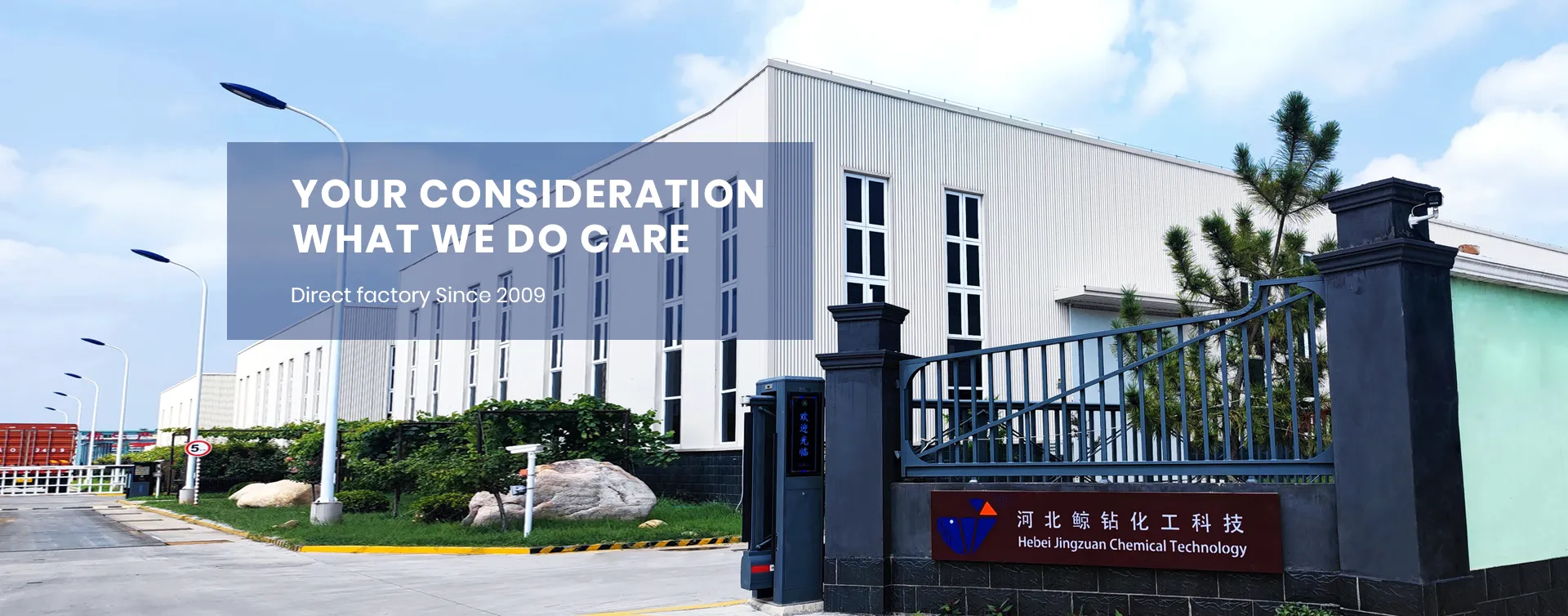
Nov . 22, 2024 15:05 Back to list
hpmc polymer
Exploring HPMC Polymer A Versatile Material in Modern Applications
Hydroxypropyl methylcellulose (HPMC) is a widely utilized polymer that plays an essential role in various industries, thanks to its unique properties and versatility. This cellulose derivative, obtained by modifying natural cellulose, has gained significant attention due to its ability to combine effective thickening, binding, and film-forming properties.
Composition and Properties
HPMC is a non-ionic, water-soluble polymer characterized by its hydroxypropyl and methyl substitution groups. These modifications impart several properties, such as increased solubility in cold water while maintaining a gel-like consistency when heated. The ratio of hydroxypropyl and methyl content can be adjusted during its synthesis, allowing the production of HPMC with specific characteristics tailored to various applications.
One of the standout properties of HPMC is its biocompatibility, making it suitable for pharmaceutical and food applications. Moreover, it exhibits excellent emulsifying and stabilizing properties, which enhance its usefulness in product formulations. Its effectiveness as a thickening agent is particularly valued in water-based systems, providing viscosity while ensuring the final product maintains a desirable texture.
Applications in Pharmaceuticals
HPMC is extensively used in the pharmaceutical industry, primarily as a binder and film coating agent in tablet formulations. Its ability to form films not only helps in protecting the active ingredients from environmental factors but also aids in controlled-release applications. When incorporated into tablet formulations, HPMC can modulate the drug release profiles, allowing for sustained and targeted delivery, which is crucial for improving therapeutic outcomes.
Additionally, HPMC is utilized in ophthalmic solutions as a lubricant to alleviate dryness and irritation of the eyes. Its high viscosity provides a longer residence time on the ocular surface, enhancing comfort for the user. This application demonstrates HPMC's versatility, bridging the gap between synthetic and natural materials in pharmaceutical products.
Role in Construction and Building Materials
hpmc polymer

In the construction sector, HPMC functions as a vital additive in cement, mortar, and plaster formulations. Its water-retaining properties help maintain moisture in these materials, ensuring proper curing and enhancing the overall durability of the structures. Furthermore, HPMC improves the workability of tile adhesives and renders, making it easier for contractors to apply and spread these materials effectively.
The incorporation of HPMC in building materials also contributes to enhanced adhesion and reduced cracking, providing long-lasting results in various construction applications. These properties have made HPMC an indispensable component in modern construction practices.
Use in Food Products
HPMC's versatility extends into the food industry, where it acts as a thickening agent, stabilizer, and emulsifier in a wide range of products. In gluten-free baking, for instance, HPMC helps mimic the texture and moisture-retaining qualities of gluten, resulting in improved quality of baked goods. It also serves to maintain the creamy texture in sauces and dressings, contributing to a superior mouthfeel.
Moreover, HPMC's ability to form gels makes it a valuable ingredient in the production of low-fat and reduced-calorie foods, allowing for the creation of palatable textures without compromising flavor. Its efficacy as a food safety enhancer is notable, preventing separation and ensuring product consistency.
Future Prospects
The future of HPMC appears promising, with ongoing research exploring its potential in emerging applications. Its environmental compatibility is leading to increased interest in sustainable products, particularly as industries strive to reduce their ecological footprints. Innovations in biopolymers and green chemistry could see HPMC being further optimized for even more applications, particularly in biodegradable materials and eco-friendly packaging solutions.
In conclusion, HPMC is a remarkable polymer that showcases an impressive range of functionalities across various industries. From pharmaceuticals to construction and food production, its unique properties contribute significantly to enhancing product quality and performance. As technology advances and industries seek sustainable alternatives, HPMC is likely to play an increasingly vital role in shaping the future of materials science.
-
Versatile Hpmc Uses in Different Industries
NewsJun.19,2025
-
Redispersible Powder's Role in Enhancing Durability of Construction Products
NewsJun.19,2025
-
Hydroxyethyl Cellulose Applications Driving Green Industrial Processes
NewsJun.19,2025
-
Exploring Different Redispersible Polymer Powder
NewsJun.19,2025
-
Choosing the Right Mortar Bonding Agent
NewsJun.19,2025
-
Applications and Significance of China Hpmc in Modern Industries
NewsJun.19,2025







